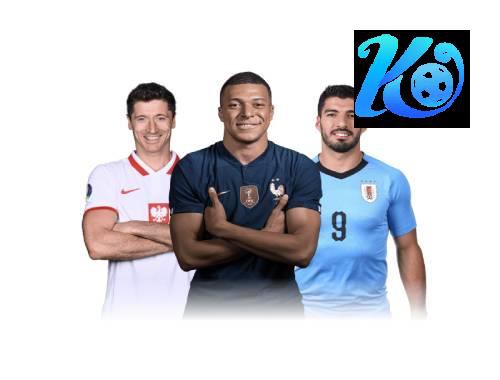
2024-03-05 17:02:34 浏览次数 :
Sports Equipment Translation into English
Sports equipment is an essential part of any athlete's life. It allows them to perform at their best and achieve their goals. However, when it comes to international competitions, language barriers can become a significant obstacle. This is where accurate and precise translations of sports equipment come into play. In this article, we will explore the importance of translating sports equipment into English and some of the challenges that come with it.
Why is translating sports equipment into English important?
The world of sports is becoming increasingly globalized, with athletes from all over the world competing in international events. In such events, it is essential that all athletes have access to the same information and equipment. This means that sports equipment must be translated into a common language, usually English, so that everyone can understand it.
Moreover, translating sports equipment into English is crucial for marketing purposes. Sporting goods manufacturers often sell their products in different countries, and they need to translate their product descriptions, manuals, and packaging into the local language. This helps them reach a broader audience and increase their sales.
Challenges of translating sports equipment into English
Translating sports equipment into English is not an easy task. It requires a deep understanding of both the source and target languages, as well as knowledge of the sports equipment industry. Here are some of the challenges that translators face:
1. Technical terminology

Sports equipment is highly specialized, and it has its own set of technical terms. Translators must be familiar with these terms and use them accurately. For example, the term "cleats" is used in American English to refer to the studs on soccer shoes, while in British English, the term "studs" is used.
2. Cultural differences
Sports equipment can have different names in different countries, depending on the cultural context. For example, what Americans call "soccer" is known as "football" in most other countries. Translators must be aware of these cultural differences and adapt their translations accordingly.
3. Regional variations
Even within the same country, different regions may use different terms for the same sports equipment. For example, in the United States, people in the Northeast may refer to a soft drink as "soda," while people in the South may call it "pop." Translators must be aware of these regional variations and choose the most appropriate term for the target audience.
4. Brand names
Sports equipment manufacturers often use brand names that are specific to their products. Translators must be careful not to translate these brand names literally, as they may lose their meaning or become meaningless in another language. For example, the brand name "Nike" has no meaning in Chinese, so it is transliterated as "nai-ke" to maintain its brand identity.
Conclusion
Translating sports equipment into English is an essential part of the global sports industry. Accurate and precise translations help athletes from different countries compete on a level playing field and enable sporting goods manufacturers to reach a broader audience. However, translating sports equipment is not an easy task and requires a deep understanding of both the source and target languages, as well as knowledge of the sports equipment industry开元体育官网最新版. Translators must be aware of technical terminology, cultural differences, regional variations, and brand names to produce high-quality translations that are accurate and effective.